Could the dreaded joystick drift nightmare return on Nintendo’s next console? Despite years of widespread complaints and even lawsuits surrounding the analog sticks on the original Switch Joy-Cons, whispers within the gaming community suggest Nintendo might not be adopting the widely praised Hall effect sensor technology for the joysticks on their highly anticipated successor, often dubbed the “Switch 2.” If these rumors hold true, it could mean a continuation of the frustrating experience of phantom movements plaguing players, leaving many wondering: why?
For the uninitiated, “drift” refers to the frustrating phenomenon where the analog sticks on a controller register movement even when the player isn’t touching them. This can lead to characters moving erratically, aiming going haywire, and an overall ruined gaming experience. The Nintendo Switch has been particularly susceptible to this issue, with countless players reporting drift on their Joy-Cons.
The gaming industry has been buzzing with anticipation for Nintendo’s next console, and many hoped that the company would address the drift issue head-on by implementing Hall effect sensors in their new controllers. These sensors use magnets and electrical fields to detect joystick movement, eliminating the physical contact between components that can wear down over time and cause drift in traditional potentiometer-based joysticks. Several competitors, like Valve with their Steam Deck and AYANEO with their handheld PCs, have already embraced Hall effect sensors, touting them as a drift-free solution.
So, why might Nintendo, a company known for its innovative hardware and dedication to player experience, potentially choose to stick with the older technology? While official information from Nintendo remains tightly under wraps, industry analysts and leaked information point towards a few possible reasons, none of which are likely to appease frustrated fans.
One potential factor could be cost. Hall effect sensors, while offering superior durability and drift prevention, might come with a higher manufacturing cost compared to traditional potentiometers. Nintendo, known for its competitive pricing strategies, might be hesitant to increase the production cost of their new console, especially if they aim for a similar price point to the original Switch. This decision, however, could be viewed as short-sighted by consumers who have already shelled out money for multiple replacement Joy-Cons due to drift.
Another possibility lies in the design and form factor of the new controllers. The original Switch Joy-Cons, with their detachable nature and compact size, presented unique engineering challenges. Implementing Hall effect sensors might require a different design or larger components, potentially impacting the versatility and portability that defined the Switch. While this is a valid consideration, many argue that the trade-off for drift-free gaming would be well worth it. Imagine the relief of knowing your precise movements in games like The Legend of Zelda: Tears of the Kingdom or Splatoon won’t be undermined by an uncontrollable drift.
Furthermore, Nintendo might believe they have found alternative solutions to mitigate drift within the traditional potentiometer design. They have previously implemented software updates aimed at recalibrating the joysticks and improving their accuracy. While these updates have offered some relief for some users, they haven’t eradicated the underlying hardware issue. Relying solely on software fixes for a problem rooted in hardware could be seen as a band-aid solution, especially when a proven, more robust technology like Hall effect sensors exists.
The emotional toll of Joy-Con drift on players has been significant. Imagine being in the middle of a crucial boss fight, lining up the perfect shot, only to have your character veer off course due to phantom stick movements. This isn’t just a minor inconvenience; it’s a game-breaking issue that can lead to frustration, anger, and a feeling of being ripped off. The fact that many players have had to purchase multiple sets of Joy-Cons at a considerable cost has only amplified these negative feelings.
The lack of official confirmation from Nintendo leaves room for speculation and hope. Perhaps the information currently circulating is inaccurate, and Nintendo will surprise everyone with drift-free controllers on their new console. However, the silence on this crucial issue is concerning for many who have been burned by Joy-Con drift in the past.
If Nintendo does indeed forgo Hall effect sensors, they risk alienating a significant portion of their fanbase who have been vocal about their dissatisfaction with the current joystick technology. In a gaming market with increasing competition, prioritizing cost over addressing a well-known and frustrating hardware flaw could be a misstep.
Ultimately, the decision of whether or not to use Hall effect sensors on the Switch 2 controllers will have a significant impact on the player experience. While cost and design considerations are valid, the frustration and financial burden caused by joystick drift are undeniable. Gamers are yearning for a reliable and durable control scheme that allows them to fully immerse themselves in their favorite games without the constant worry of phantom movements. Nintendo has a chance to right the wrongs of the past and deliver a truly next-generation experience. The question remains: will they seize that opportunity, or will players be left once again battling the dreaded drift?

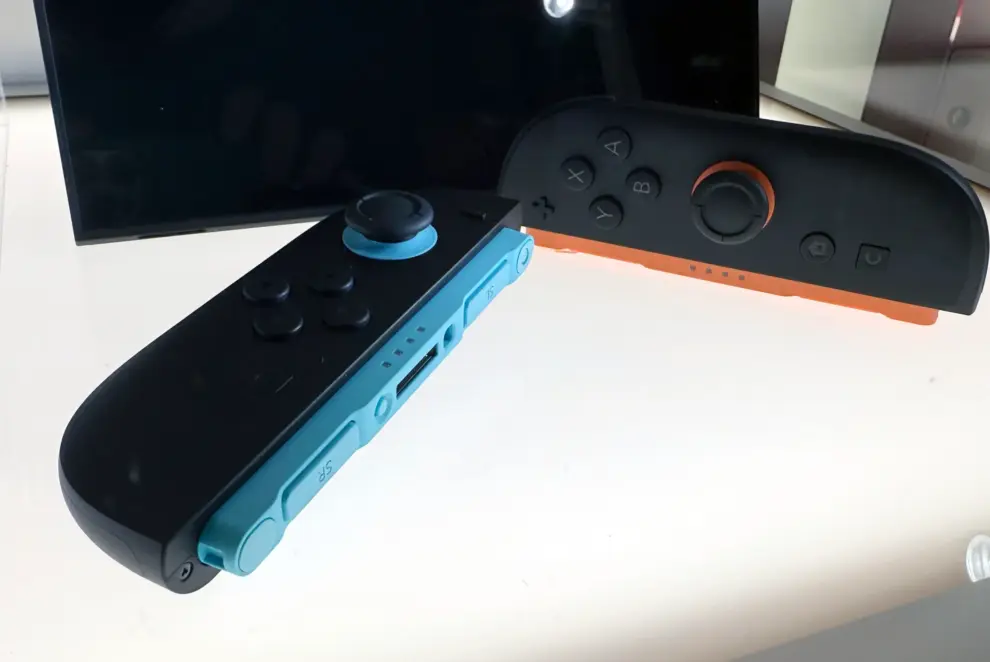

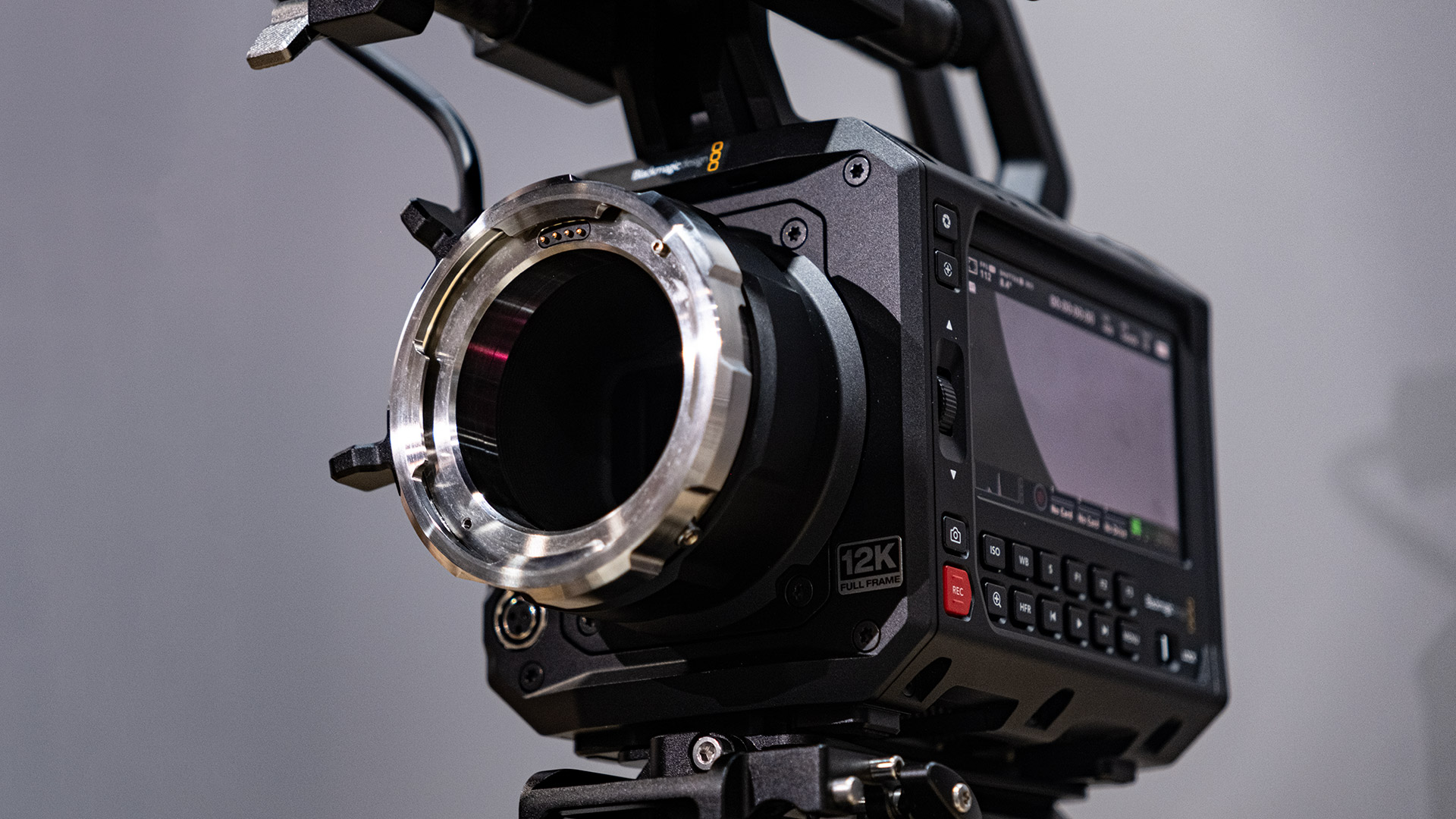


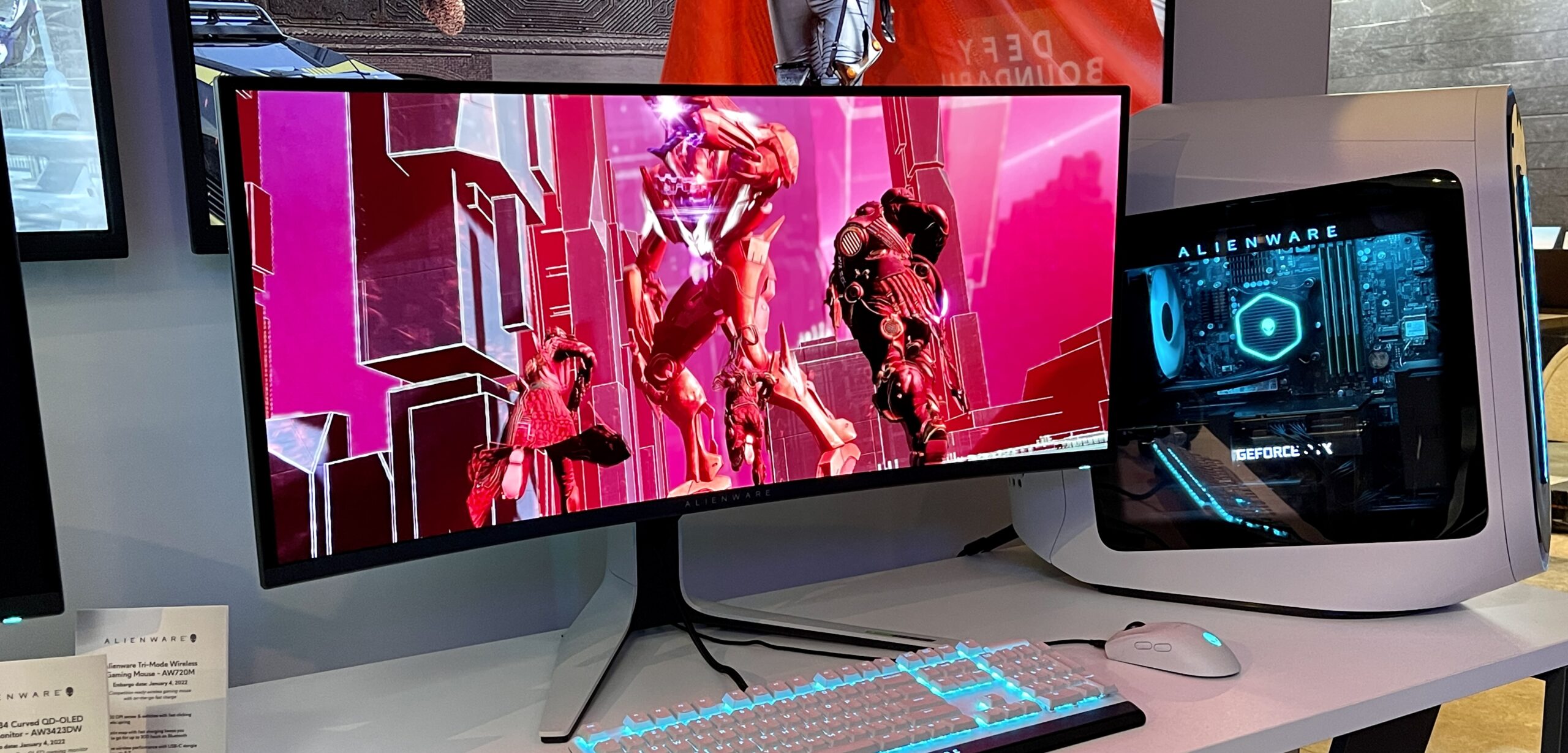

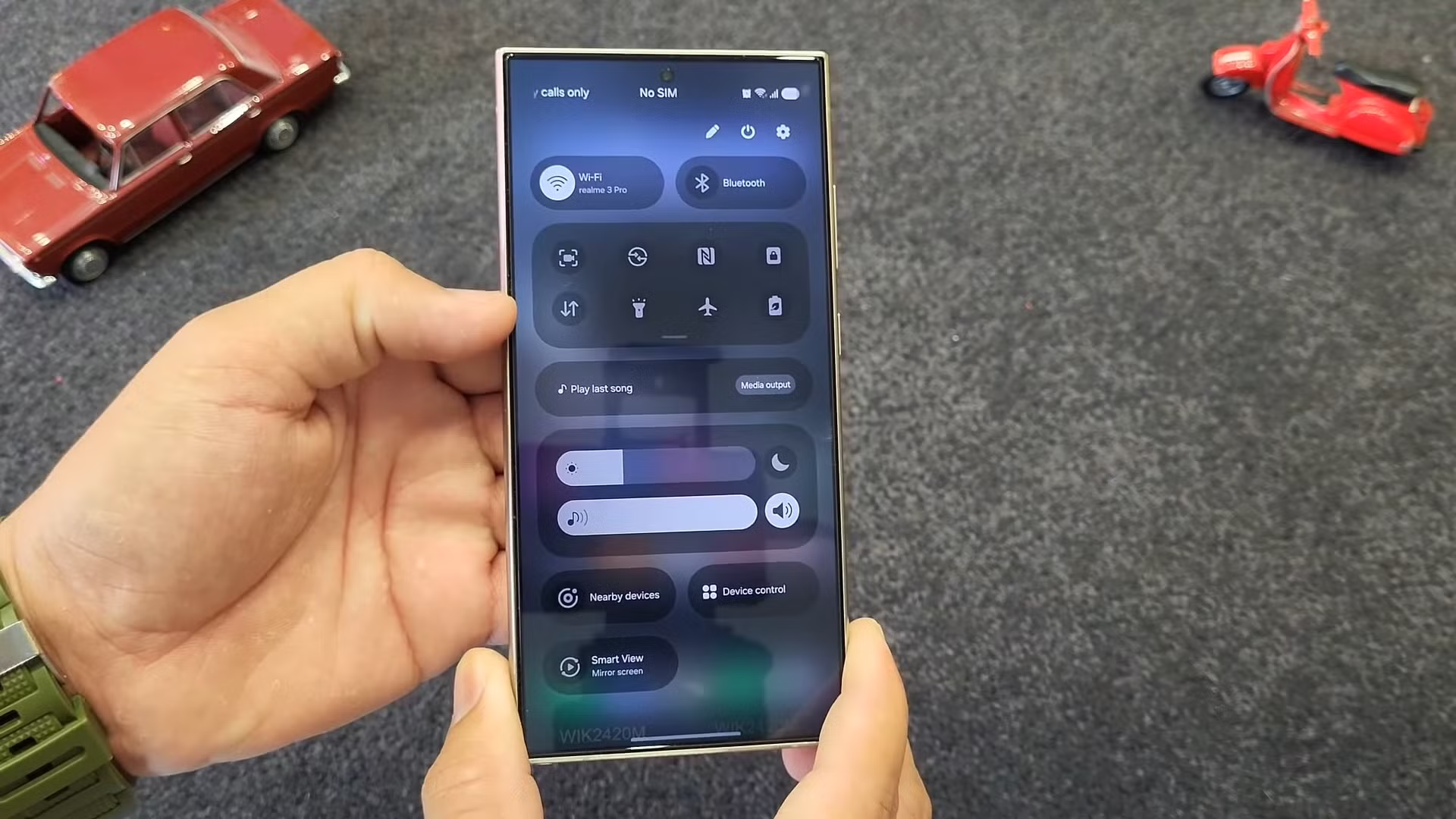
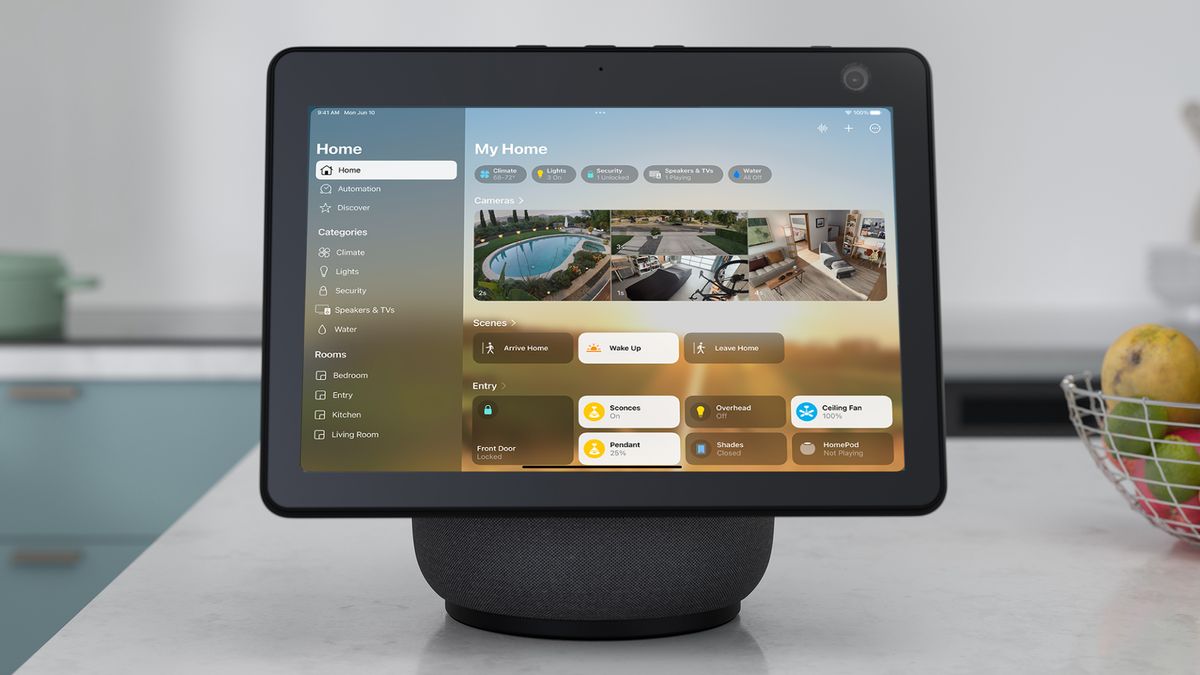
Add Comment